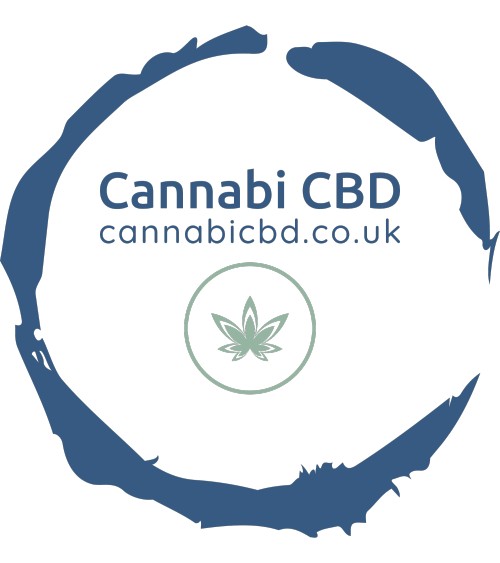Introduction: The use of antibiotics in food production has become a topic of increasing concern among consumers, health experts, and environmentalists. Antibiotics are commonly administered to livestock to promote growth, prevent diseases, and treat infections. However, the widespread use of antibiotics in agriculture has raised questions about its potential impact on human health, antibiotic resistance, and environmental pollution. This comprehensive guide aims to explore the issues surrounding antibiotics in food, potential risks, regulatory measures, and provide answers to frequently asked questions.
Understanding Antibiotics in Food Production
Antibiotics in Livestock
Antibiotics are routinely used in industrial farming to prevent and treat diseases in animals, particularly in crowded and unsanitary conditions.
Human Consumptio
Residues of antibiotics can remain in animal products like meat, poultry, eggs, and dairy, potentially exposing consumers to low levels of antibiotics.
Potential Risks and Concerns
Antibiotic Resistance
The overuse of antibiotics in agriculture contributes to the development of antibiotic-resistant bacteria, posing a significant threat to human health.
Impact on Gut Microbiome
Consumption of antibiotic residues in food may disrupt the balance of beneficial bacteria in the gut, leading to potential health issues.
Environmental Pollution
Antibiotics used in agriculture can contaminate soil, waterways, and the environment, contributing to the spread of antibiotic-resistant genes.
Regulatory Measures and Policies
FDA Regulations
The U.S. Food and Drug Administration (FDA) regulates the use of antibiotics in food-producing animals and sets limits on antibiotic residues in food products.
Antibiotic-Free Labeling
Some food producers voluntarily label their products as “antibiotic-free” or “raised without antibiotics” to meet consumer demand for antibiotic-free meat and dairy products.
Legislative Efforts
Various legislative initiatives aim to restrict the use of antibiotics in agriculture and promote responsible antibiotic stewardship.
Antibiotic Alternatives in Agriculture
Probiotics and Prebiotics
These natural supplements can promote gut health in animals and reduce the need for antibiotics.
Vaccines
Vaccination programs can help prevent diseases in livestock and reduce the reliance on antibiotics for disease control.
Improved Farming Practices
Enhanced hygiene, better animal welfare, and reduced overcrowding can help minimize the need for antibiotics in food production.
Consumer Choices and Recommendations
Choosing Antibiotic-Free Products
Opting for organic, grass-fed, or certified antibiotic-free meat, poultry, eggs, and dairy products can reduce exposure to antibiotic residues.
Supporting Sustainable Farming Practices
Purchasing food from farmers who prioritize responsible antibiotic use and environmental stewardship can promote sustainable agriculture.
Advocating for Change
Engaging with policymakers, supporting antibiotic stewardship initiatives, and raising awareness about the issue can help drive positive change in the food industry.
FAQs
Are antibiotic residues in food harmful to human health?
While the levels of antibiotic residues found in food are typically low and unlikely to cause immediate harm, long-term exposure may contribute to antibiotic resistance and other health concerns.
Do antibiotics in food contribute to antibiotic resistance in humans?
Yes, the overuse of antibiotics in agriculture can contribute to the development of antibiotic-resistant bacteria, which can spread to humans through contaminated food, water, or direct contact with animals.
Are organic products always free of antibiotics?
Organic standards prohibit the use of antibiotics for growth promotion or disease prevention in organic livestock. However, organic animals may still receive antibiotics for therapeutic purposes if necessary.
Can cooking eliminate antibiotic residues in food?
Cooking meat, poultry, and dairy products at appropriate temperatures can reduce the risk of foodborne illnesses but may not eliminate antibiotic residues present in the food.
What can consumers do to reduce their exposure to antibiotics in food?
Consumers can choose antibiotic-free or organic products, support sustainable farming practices, and advocate for responsible antibiotic use in agriculture through their purchasing decisions and activism.
Are there any health risks associated with consuming antibiotic-free products?
While antibiotic-free products may reduce exposure to antibiotic residues, they may still carry other risks associated with foodborne pathogens, such as Salmonella or E. coli. Proper food handling and cooking practices are essential to minimize these risks.
Conclusion
The presence of antibiotics in food is a complex issue with far-reaching implications for human health, animal welfare, and environmental sustainability. While regulatory measures and antibiotic stewardship initiatives aim to mitigate the risks associated with antibiotics in food production, consumers also play a crucial role in promoting responsible agriculture through their purchasing decisions and advocacy efforts. By choosing antibiotic-free products, supporting sustainable farming practices, and staying informed about the issue, consumers can help drive positive change in the food industry and contribute to a safer and more sustainable food system for future generations.
- The Ultimate Guide to CBD Sleep An In-Depth Analysis By Slumber CBD - April 13, 2024
- Golden Delights: A Connoisseur’s Journey with Just Kratom’s Gold Shots - April 13, 2024
- Comprehensive Review The Best CBD Sleep Solutions By Slumber CBD - April 13, 2024
